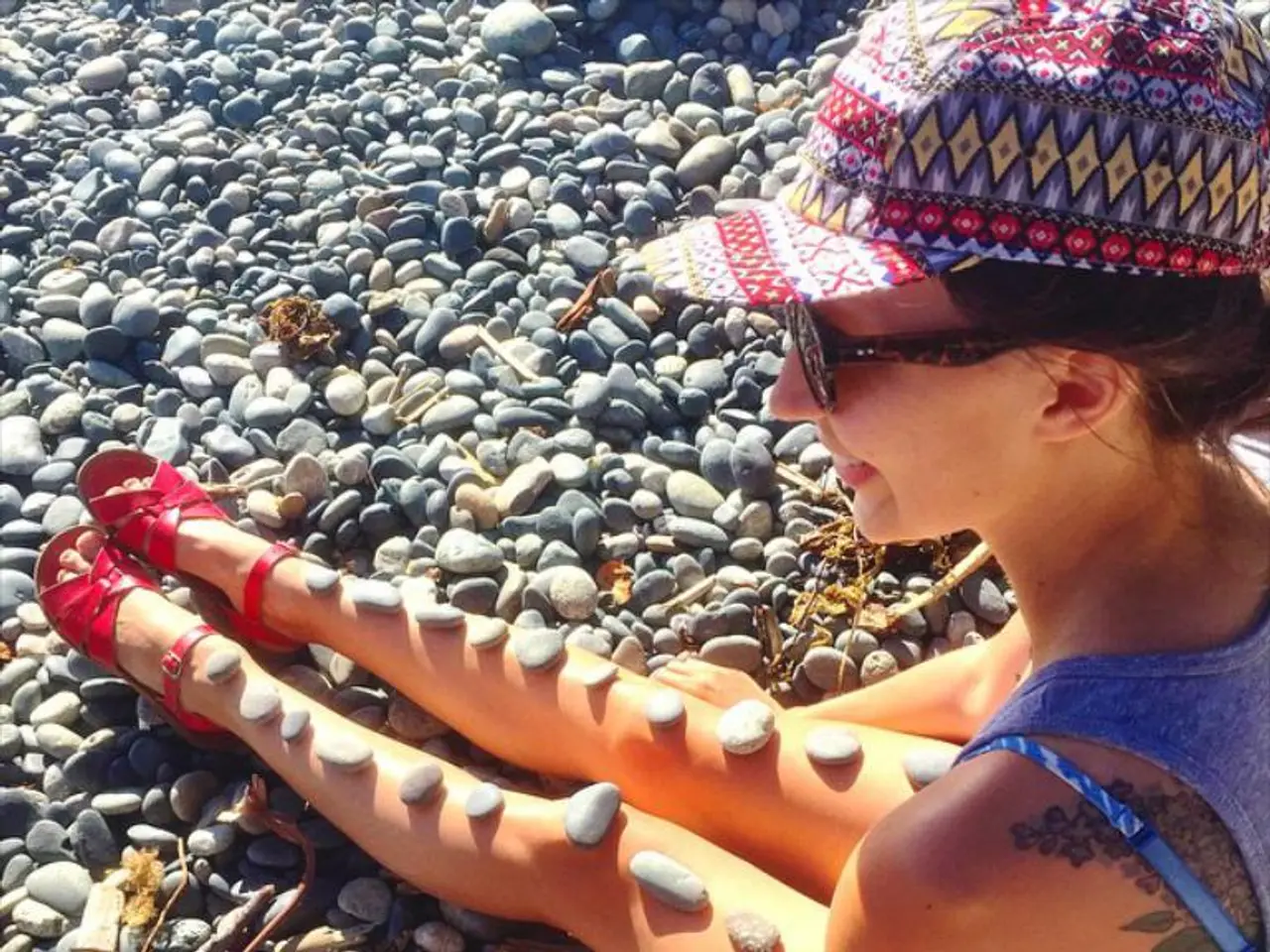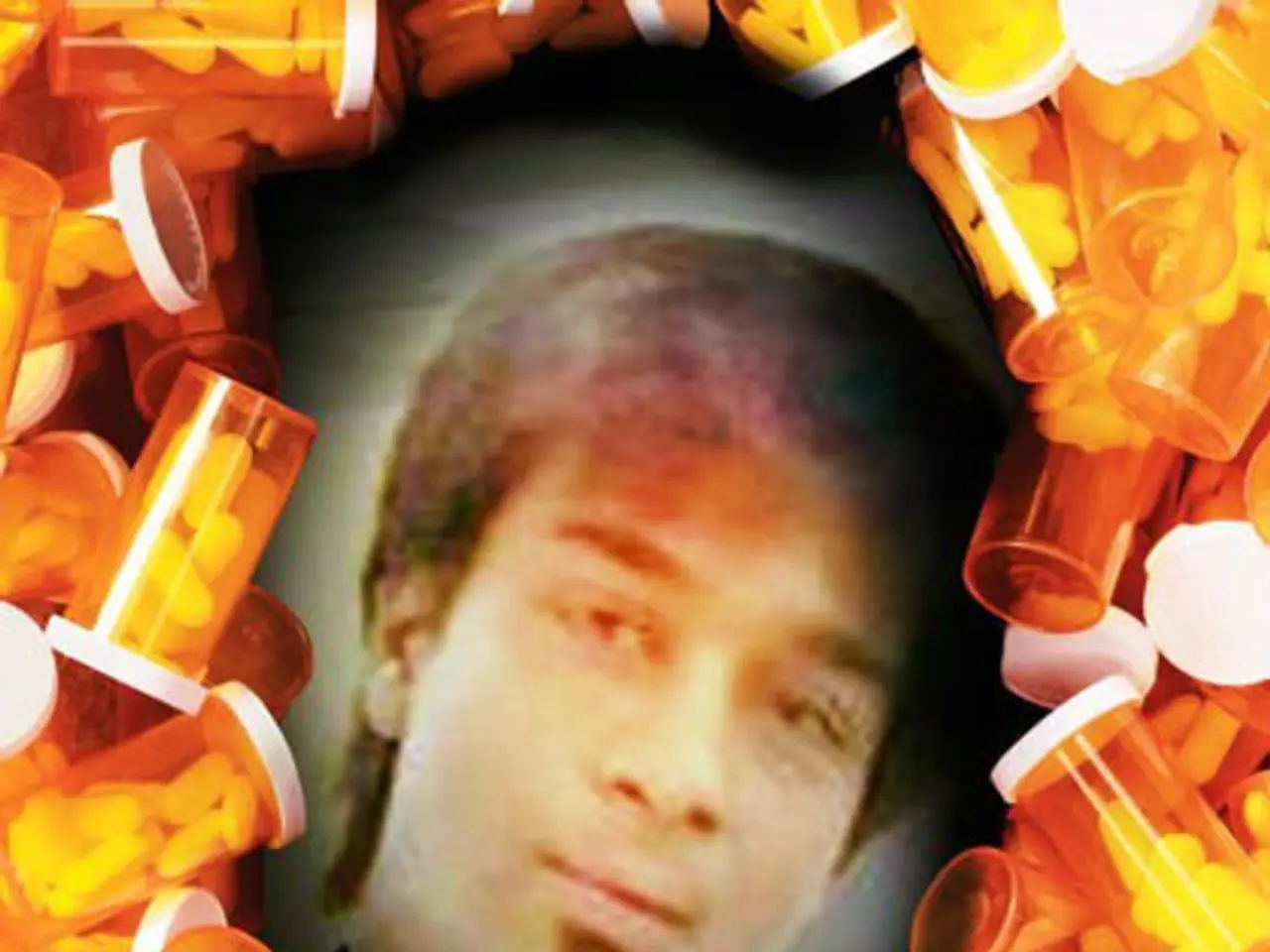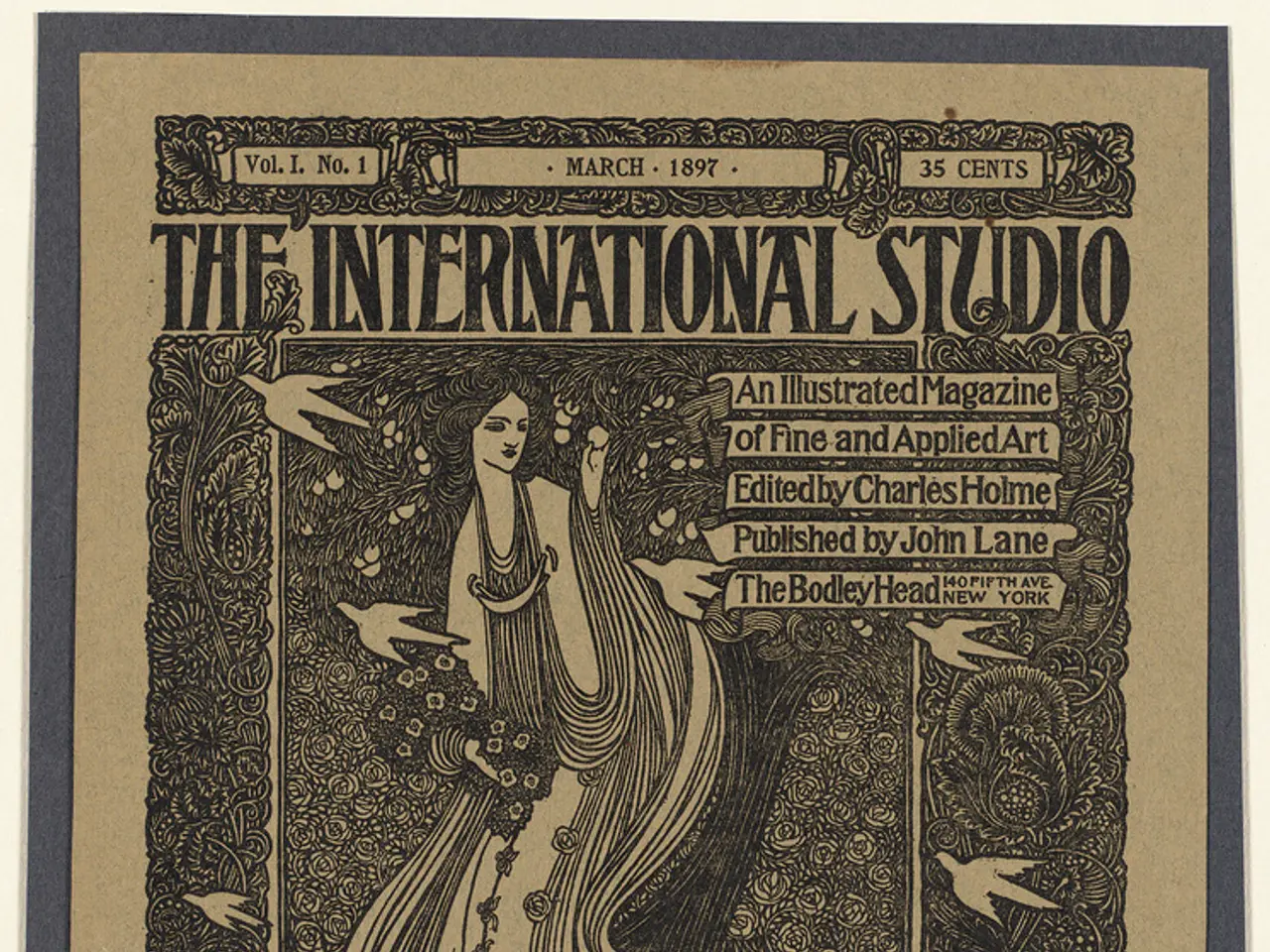The Distinction between Gallstones and Kidney Stones Examined
Gallstones and kidney stones are common health issues that affect many people, often causing discomfort and requiring treatment. These hard deposits form in different organs and have distinct causes, symptoms, and treatments.
Gallstones
Gallstones primarily develop due to imbalances in bile components, such as excess cholesterol or bilirubin, which harden into stones inside the gallbladder. Factors like a high-fat diet or cholesterol-rich foods can contribute to their development.
Symptoms of gallstones may include abdominal pain, nausea, and digestive issues, often recurring when stones block bile ducts. Seek medical attention if you experience these symptoms, as they can indicate a potential gallstone issue.
Treatment for gallstones depends on their size and whether they cause symptoms. If asymptomatic, no treatment may be necessary. However, for symptomatic cases, medications can dissolve stones, although this process takes months or years and has a high recurrence rate. Surgical removal of the gallbladder, usually done laparoscopically, is a common treatment for persistent symptoms and typically resolves the issue, although temporary diarrhea may occur post-surgery.
Kidney Stones
Kidney stones develop when minerals and salts in urine become concentrated, forming crystals that harden in the kidneys. Factors such as dehydration, dietary habits, and metabolic imbalances causing excess crystal-forming substances or insufficient inhibitors to prevent crystal aggregation can contribute to their development.
Kidney stones often cause sudden, intense pain in the back or side, radiating to the abdomen or groin, known as renal colic. Other symptoms include blood in urine, nausea, and a frequent urge to urinate, particularly if stones obstruct the urinary tract.
Treatment for kidney stones depends on their size and location. Small stones (<5mm) may pass naturally with pain management and increased hydration. Larger stones may require procedures such as shock-wave lithotripsy (breaking stones via sound waves), ureteroscopy (endoscopic stone removal), or nephrolithotomy (surgical removal through a small incision).
Risk Factors and Prevention
Both gallstones and kidney stones are more common in middle-aged adults, overweight individuals, women, and people with a family history of these conditions. To reduce the risk of gallstones, focus on limiting cholesterol consumption. For kidney stones, drink enough fluids, limit salt intake, make dietary modifications based on a 24-hour urine study, and maintain a healthy weight.
If you're experiencing abdominal pain, seek medical attention as it could be either kidney or gallbladder-related. Consult a healthcare provider for any concerns or questions regarding these health issues.
- Maintaining a balanced diet, particularly by limiting cholesterol intake and avoiding high-fat and cholesterol-rich foods, can help reduce the risk of developing gallstones.
- A preventive measure for kidney stones includes drinking an adequate amount of fluids, limiting salt consumption, and making dietary adjustments based on a 24-hour urine study, as recommended by healthcare providers.
- The risk of developing both gallstones and kidney stones is higher among middle-aged adults, overweight individuals, women, and those with family histories of these medical conditions.
- It's essential to seek medical attention if experiencing symptoms such as abdominal pain, nausea, or recurring digestive issues, as they could indicate potential health-and-wellness issues related to gallstones or kidney stones.




